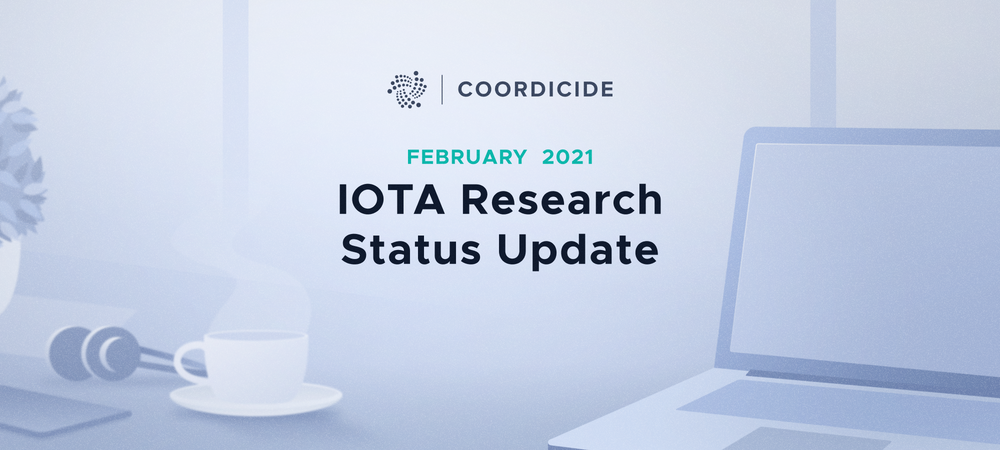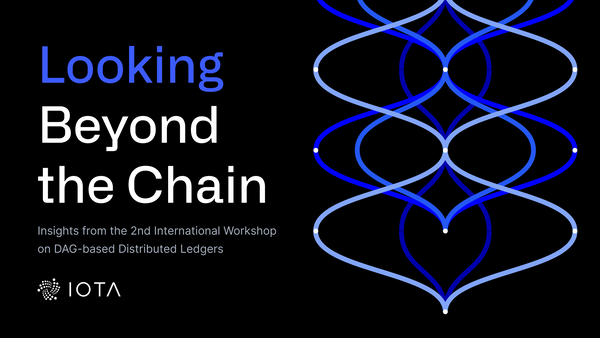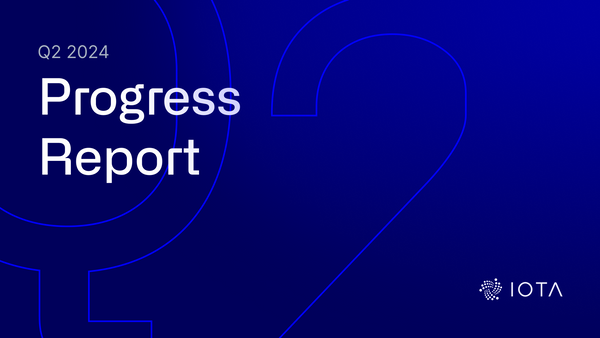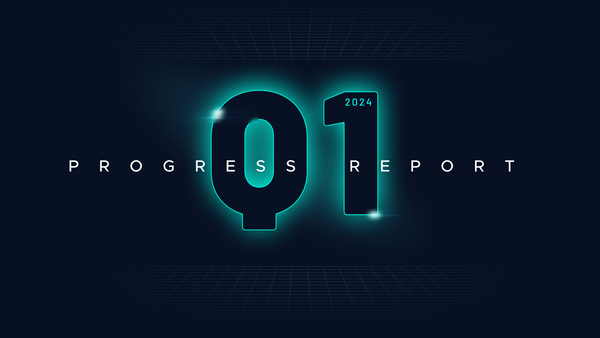IOTA Research Status Update February 2021
The past month has seen continued progress on our Pollen testnet, as we move closer to the incentivized testnet.
It might be a good time to set some expectations around what we expect to see and learn from Nectar. First, Nectar will be beta software, and as such, we expect to see some bugs! Finding them is the sole reason for creating a testnet in the first place.
Naturally we look forward to uncovering any such issues, as we will need to do in order to transition to mainnet. That said, we are confident that the core protocol contained within Nectar is sound from a theoretical perspective, so we look forward to the rigorous testing process which will take place in the months following its release. Broad community participation will be essential for two reasons: for uncovering bugs, and also for building confidence in the soundness of the implementation.
We’re getting excited about this release, and we hope you are as well! Now, for our regular monthly group updates:
Pollen Testnet Implementation. Last month we improved the security and reliability of our Pollen testnet by rolling out Pollen testnet v0.3.5. We are progressing with the integration and testing of the new data flow. The first experiments show an overall performance improvement thanks to a more efficient management of concurrency. The team has finalized the adaptive Proof of Work (aPoW) implementation. You can read more about it in this iota.cafe post.
The ledger state refactoring is finally in a good shape. After the markers implementation and the branch-DAG refactoring, we are finalizing the new UTXO-DAG implementation. This will allow the team to complete the Message and Value Tangles merge, target of the upcoming release. After that, all the already implemented Mana functionalities will be integrated.
Pollen Testnet Study Group. One of the main focuses this month was to verify the “life of a message”: from its creation, all the different steps until other nodes solidify it in the Pollen Testnet. Spamming with a high number of messages per second in a private network allowed us to identify some smaller issues and, as a consequence, to improve the performance of the network further.
We also double-checked the randomness and entropy of the dRNG. For this purpose, we implemented a short simulator that allows us to create millions of random numbers in a short time for various parameter settings. As expected, the achieved random output passes all standard randomness tests.
Networking. The networking team is currently analyzing advanced aspects of the congestion control mechanism both analytically and through extensive simulations. As for the former, we are modelling the influx of messages to nodes by looking at the time needed to perform an entire round robin cycle (remember that we use a deficit round robin scheduler); this is important to efficiently design our blacklisting strategy to face malicious behavior. As for the latter, we have started the evaluation of the robustness of the congestion control algorithm against inconsistencies in reputation between different nodes; furthermore, we are studying how to give low-mana nodes temporary permissions to issue messages depending on the current traffic conditions: we already have some preliminary result in a setting without adversaries.
Concerning the research on verifiable delay functions, we are now able to prove that Montgomery reduction can be used to greatly reduce the computing time of modular exponentiations, which is a fundamental component of these functions.
Sharding. After much discussion, we have decided to focus our attention on developing data sharding. We also decided that the first step in developing this idea is to write a white paper. This will allow the community and our external partners to understand our data sharding proposal in some detail. We have already created an outline and assigned sections to various people in the sharding group. We hope to have the white paper completed in April.
Also, we have tentatively planned to make a formal announcement about our data sharding plans around the time of the white paper release. This timeline will allow us to provide details of the project together with the announcement. This timetable also allows our group members to also spend time in preparing GoShimmer for the Nectar release.
As always, thanks for following along with our monthly updates. If you have any questions or would just like to say hi, you can find our Research team members in the #tanglemath channel on our Discord. You are also welcome to follow and participate in our technical discussions on our public forum: IOTA.cafe.




